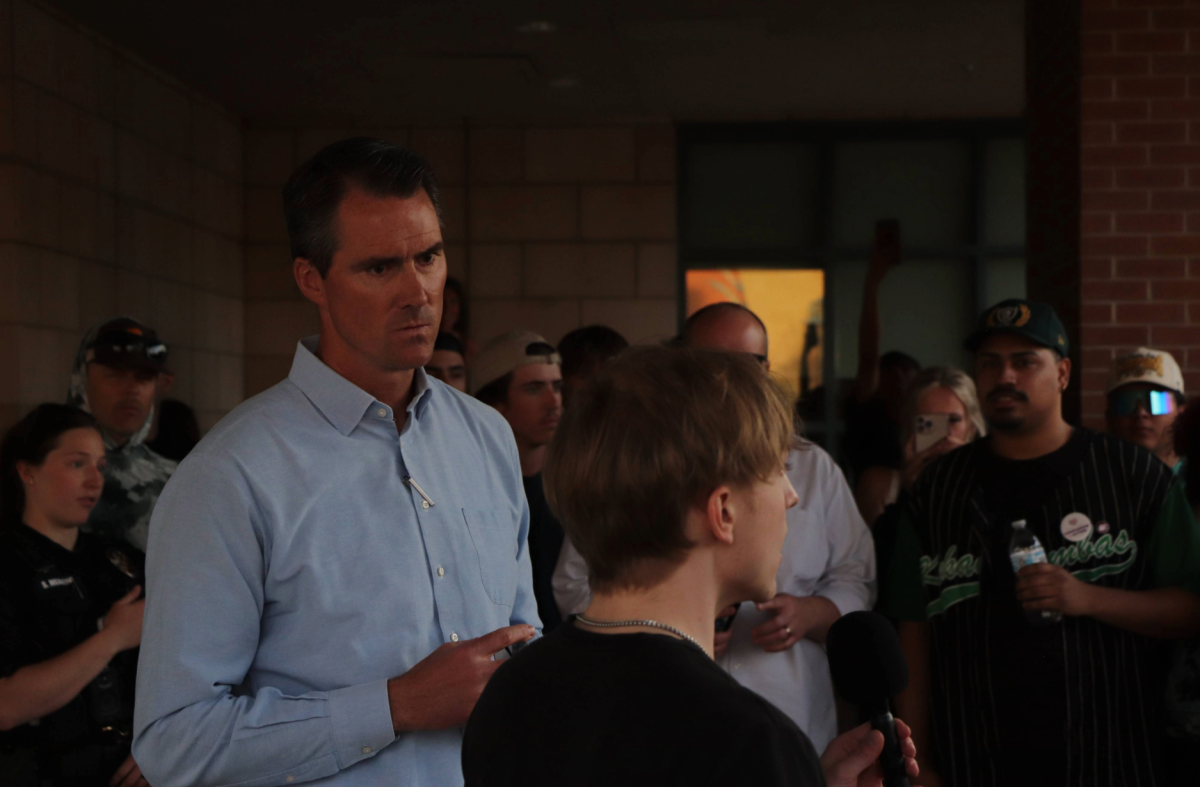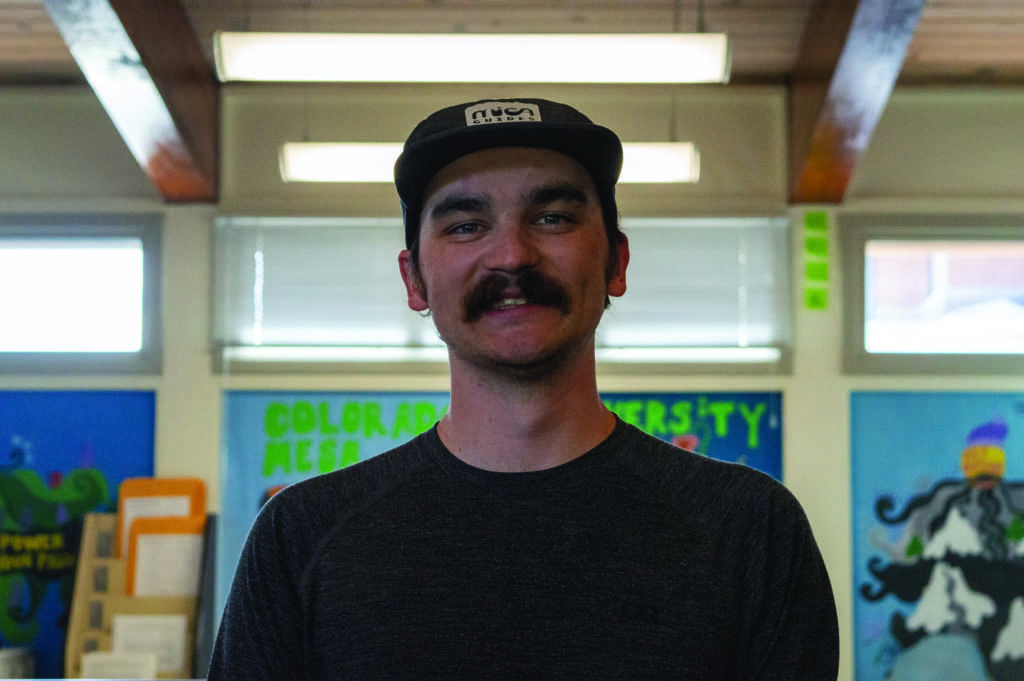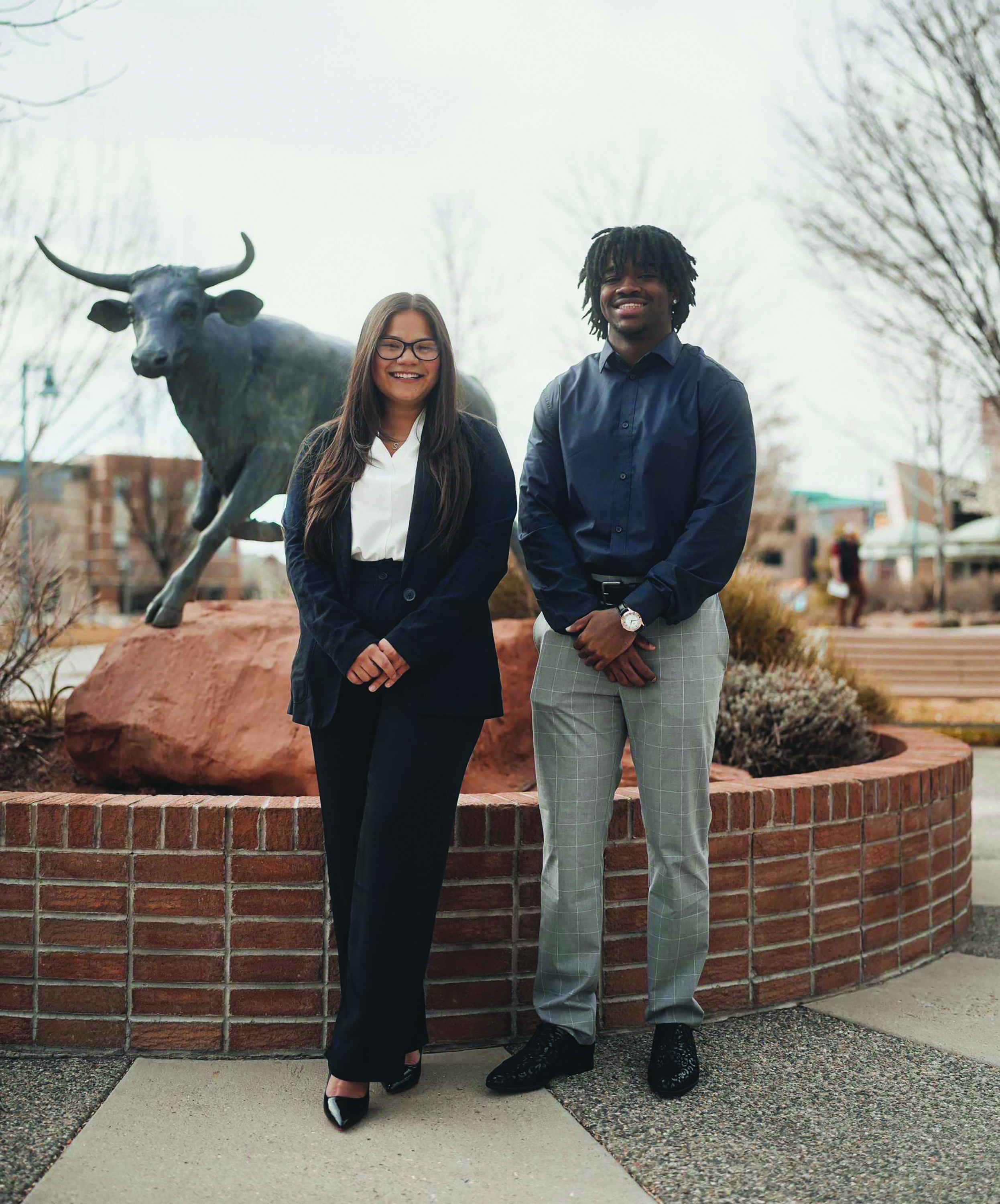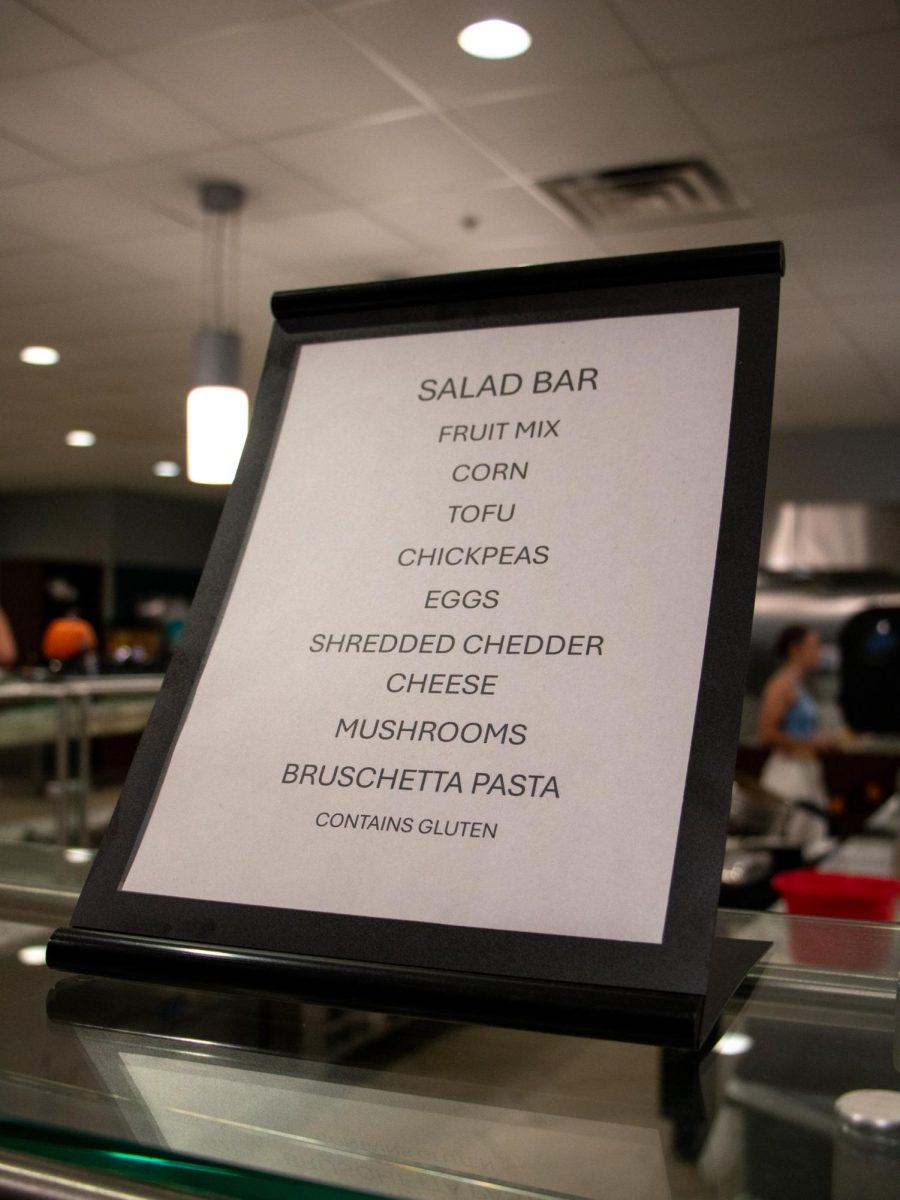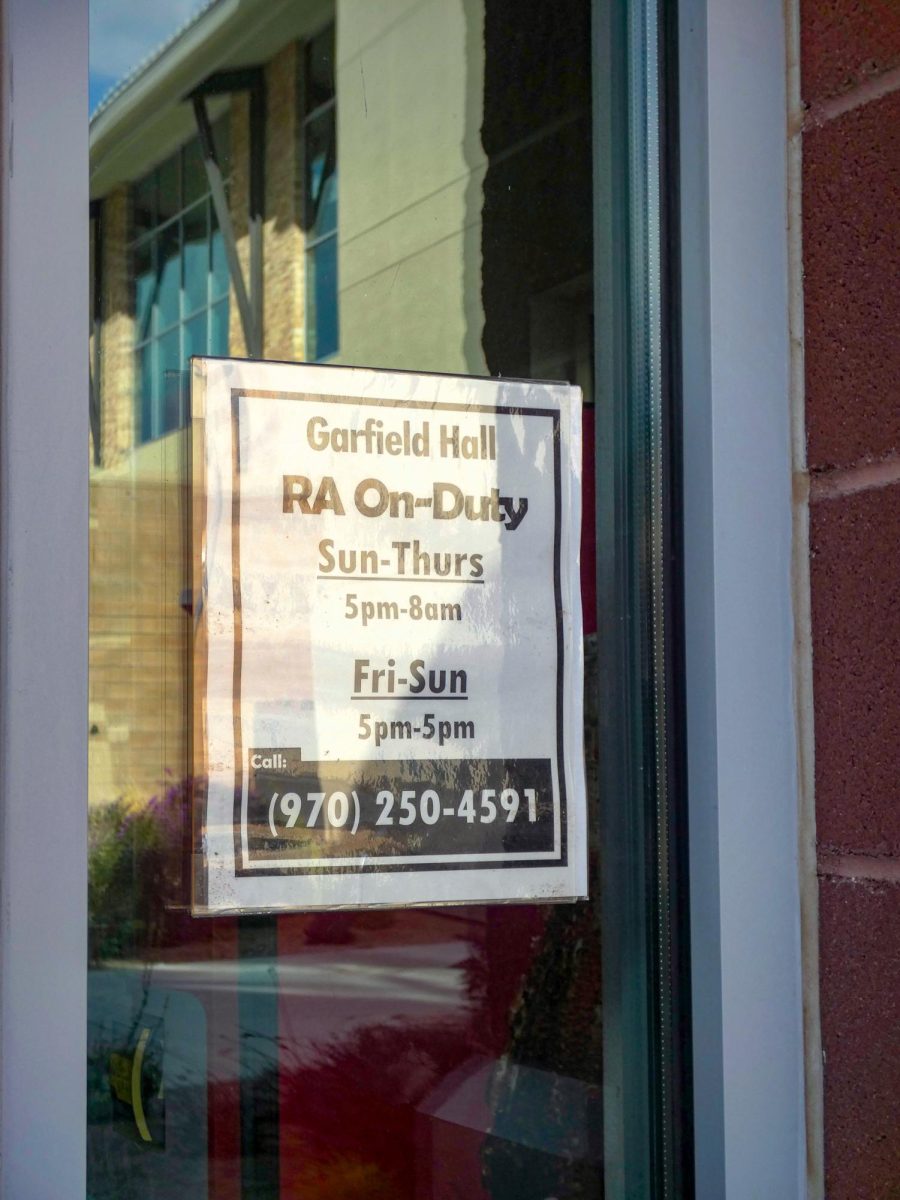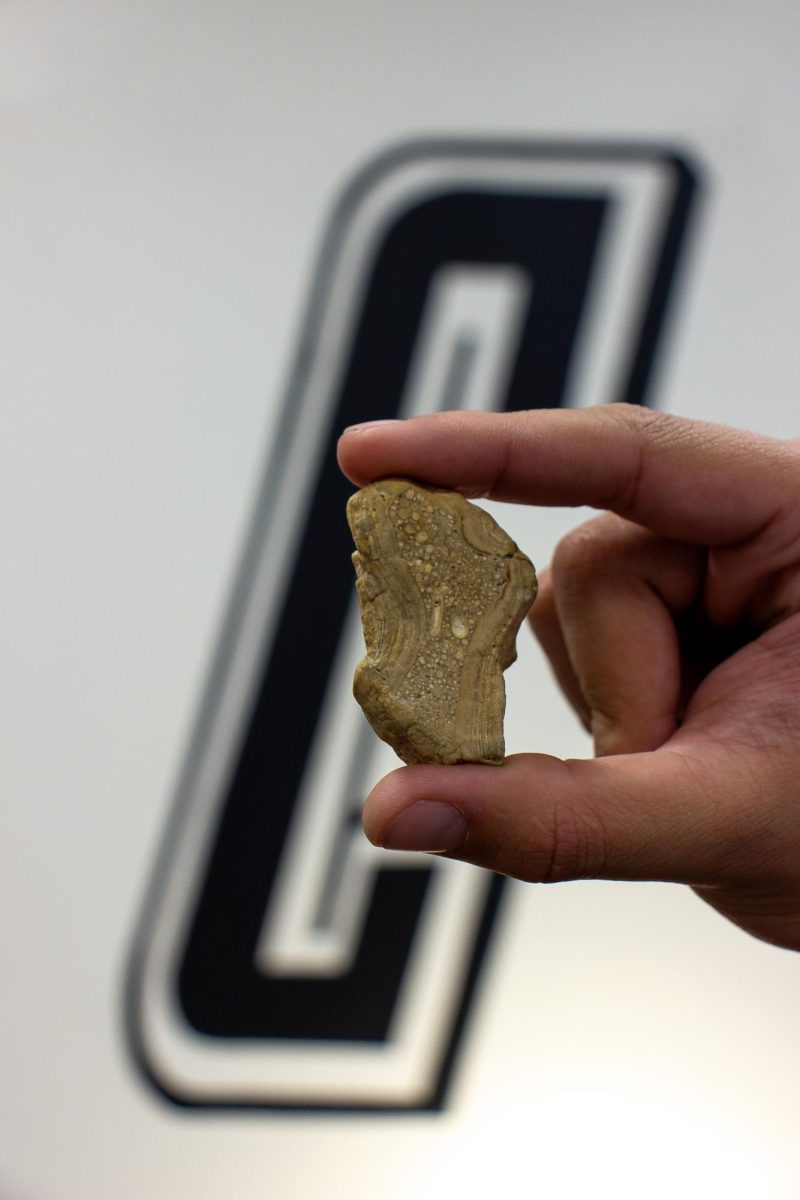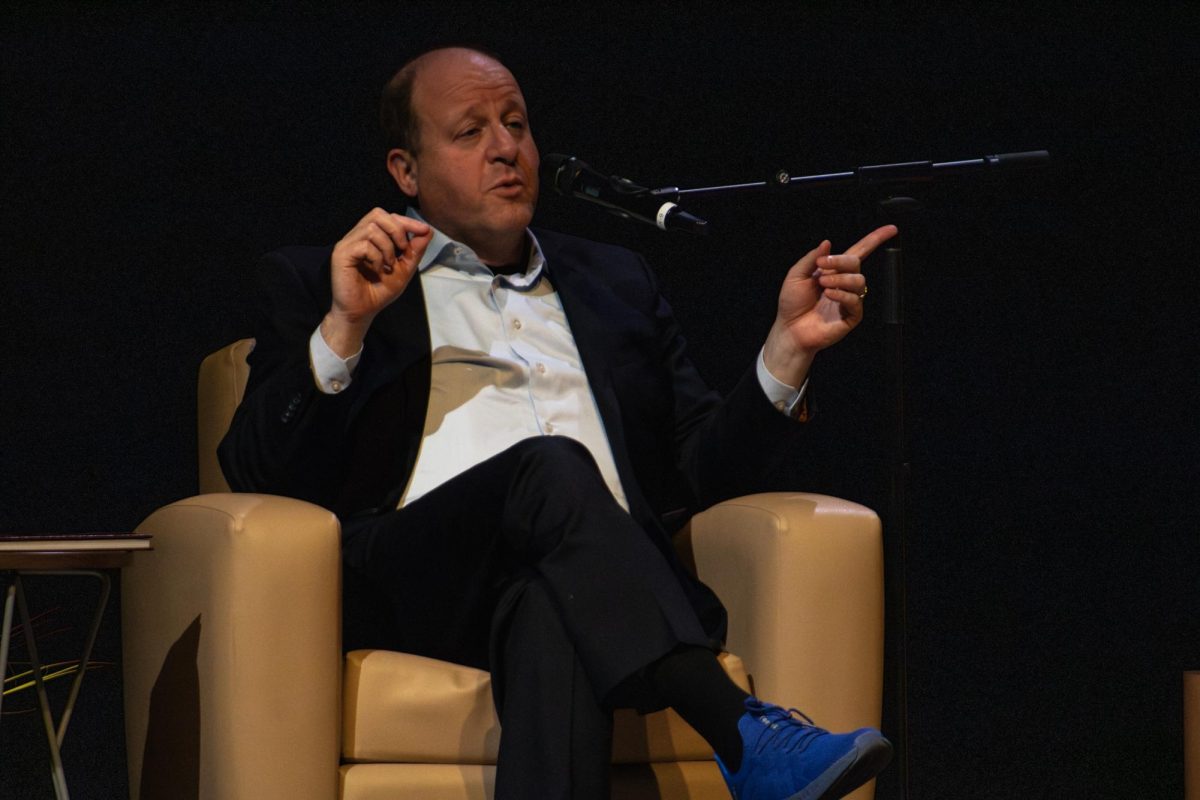Colorado law states that individuals are allowed to use the facilities, restrooms, locker rooms dormitories, etc., of the gender with which they identify or express themselves. However, how is this practiced on the Colorado Mesa University campus?
“If I identify as a woman, but my gender expression is as a man, what does the law say? It says I get to use the women’s locker room,” Vice President of Student Services John Marshall said.
From the university’s view, the issue is how to accommodate students and faculty on campus who are transgender or identify differently than they express themselves. And from the view of transgender individuals, the issue is while it may be legal for them to use the facilities of their choice, that still doesn’t mean that it is safe for them to do so.
“Ultimately, it’s really navigating other patrons’ comfort level,” Marshall said. The university must try to accommodate everyone on campus, which means finding a way to give transgender people the facilities that they need while keeping in mind that it may make other people uncomfortable.
Gay-Straight Alliance (GSA) Assistant Coordinator Kacie Sinton said, “I didn’t feel comfortable using public restrooms on campus up until very recently […] With the binary society that we live in, it’s very difficult to find a bathroom if you’re pretty early in your transition […] where visually, people can’t really ascertain exactly where you fall on the binary, or even if you apply yourself to the binary.”
Sinton has been working with the administration to develop a gender-inclusive dorm floor.
“Starting next year, we’re going to be doing gender-inclusive dorm rooms in Monument, as kind of a beta test for devoting a whole floor of Tolman or something to it,” Sinton said.
Gender-inclusive dorm rooms would serve in place of a restroom or locker room, because legally a separate restroom is seen by some to be unnecessary, and by others as only keeping transgender people farther away from achieving their goal of transitioning.
Marshall said, “As a university, it’s important that we’re being thoughtful about those students who are a more vulnerable population, and try to be as inclusive as we can.”
Restrooms are one issue because in a public restroom there are stalls to give individuals a bit of privacy. Locker rooms are another story because people go in there to shower and change.
“It kind of scares me to go into a locker room […] I just don’t feel comfortable doing that,” said Dalton Peters, a CMU transgender student.
“I don’t use any sort of public changing room,” Sinton added. Although it is legal in today’s world for her to use any locker room she chooses, that wasn’t the case when she began her transition. “It was basically a choice between, ‘do I want to get beat up if I go in this one, or get beat up if I go in that one?’”
“We don’t want a third bathroom,” Sinton said. “We just want to be able to use the bathroom of our choosing, because that’s the whole point of our transition.”
Transgender students like Sinton, Peters and Denzil Sutton know that legally, there is nothing stopping them from using the restroom that they choose. What they don’t know is whether or not society will accept them.
“’Is it safe?’ is the biggest question,” said Sutton. “The prevailing answer is no.”



